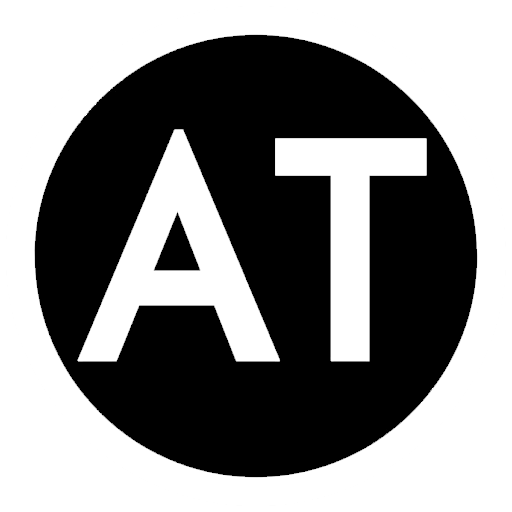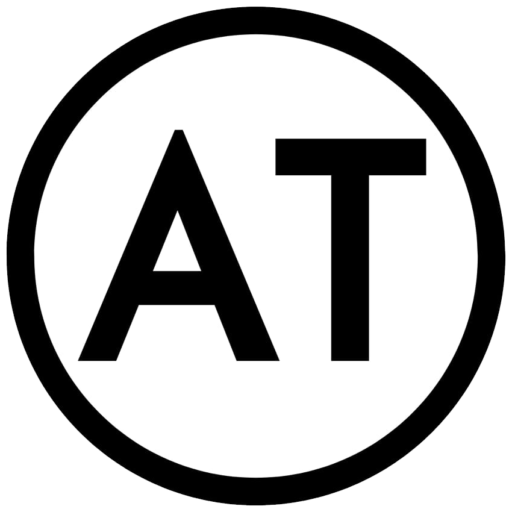If you’re involved in digital marketing, then you’re likely well aware of the importance of website crawling and optimization in online success. But what, exactly, is website crawling, why is it so vital for your website, and how can you optimize it to achieve better results? In this post, we’ll provide you with all the information you need to answer these questions, so read on to learn more.
What is Website Crawling?
Put simply, website crawling is the process of navigating around a website to gather information about its content and structure. This is usually done by search engine bots, which follow links from page to page, parsing the content they find, and indexing this information for use in search results.
Essentially, crawling allows search engines to gain a better understanding of your website’s content, structure, and relevance. This means that, the more pages your site has crawled, the better your chances of ranking well in search results for relevant queries.
Why is Website Crawling So Important?
In short, website crawling is essential for SEO success. Without it, your website simply won’t show up in search results, which means you’ll miss out on a lot of potential traffic and revenue. This is why website optimization must include crawling optimization.
For example, if your website is slow to load, has crawl errors, or missing pages, search bots will have trouble navigating around, which means they won’t be able to index all of the pages on your website. This means that you’ll miss out on traffic, as well as the search ranking boost that comes with having a well-indexed website.
How to Optimize Your Website for Crawling?
Fortunately, there are many ways you can optimize your website for crawling to ensure that you are maximizing its potential. Here are some of the best practices for website crawling optimization:
1. Optimize Website Speed: Websites have to load quickly, or search engine bots might get stuck loading pages, leading to incomplete crawls. Use tools like GTMetrix to test your website’s loading speed and optimize it accordingly.
2. Ensure Crawlability: Use robots.txt file to ensure search engine bots crawl only what you want them to, and exclude pages that give errors, have no content, or should remain private.
3. Optimize Internal Linking: Use the internal linking structure on your website to help search engine bots access all pages easily. You should have a well-planned link structure.
4. Fix Crawl Errors: Broken or missing links are a big no-no when it comes to website crawling. Use tools like SEMrush’s site audit to identify crawl errors and fix them.
5. Keep Site Fresh: Keep your website updated with fresh and relevant content to ensure that search engine bots return more frequently to crawl or re-crawl your website anew.
Conclusion:
Website crawling is an essential component of SEO success. Without it, your website simply won’t perform well in search results, and you’ll lose out on potential traffic and revenue. However, by optimizing your website for crawling, you can ensure that search bots can crawl and index your website efficiently, leading to better rankings and higher traffic. We hope that these tips have been helpful, and that you can use them to optimize your own website for optimal crawling.
We want to thank the thought leader Jes Scholz as the source for this content and such awesome teachings on the subject, and we hope that this article can help you and your business! Here’s the link to his post https://www.searchenginejournal.com/website-crawling/485275/


